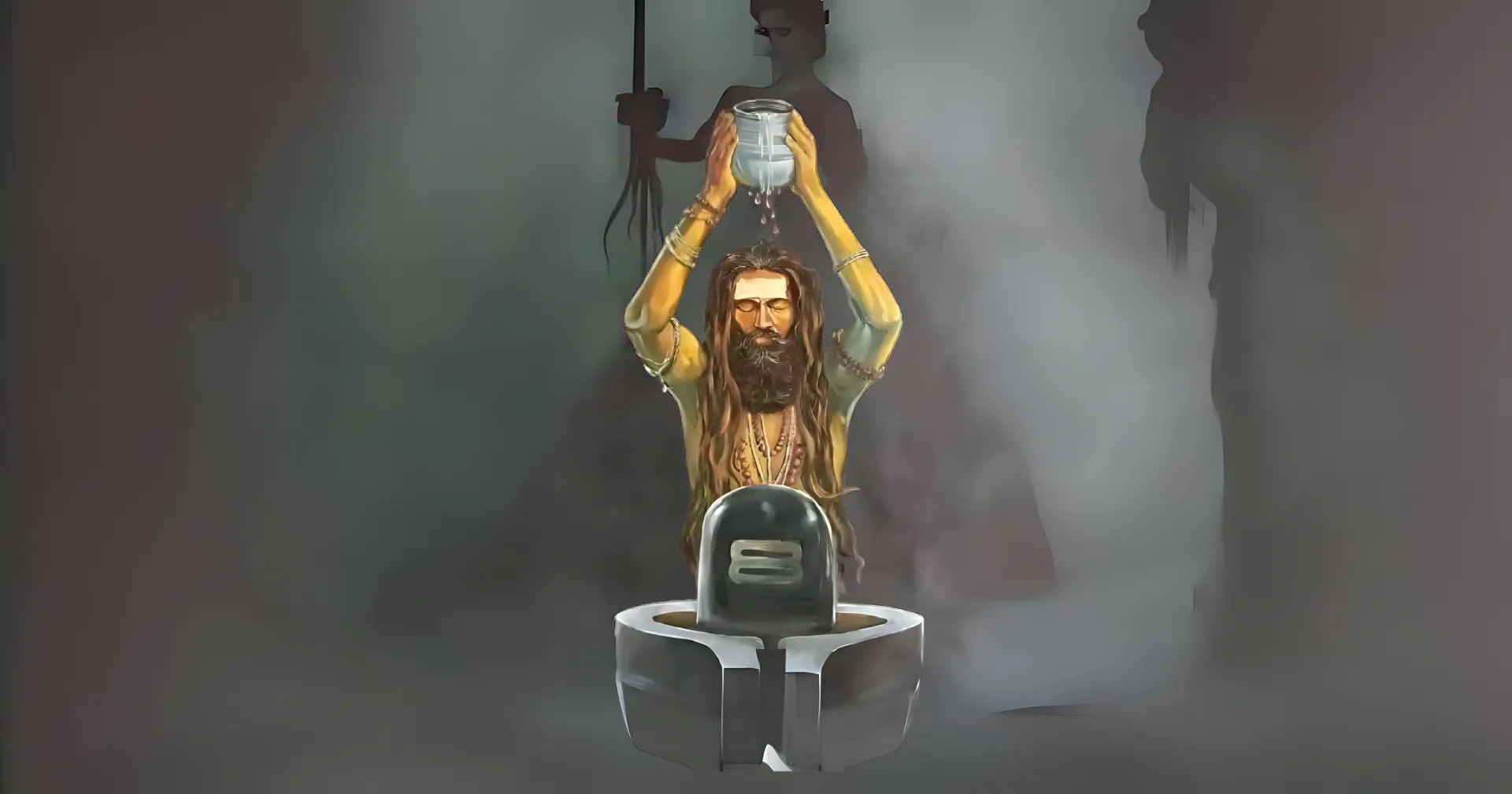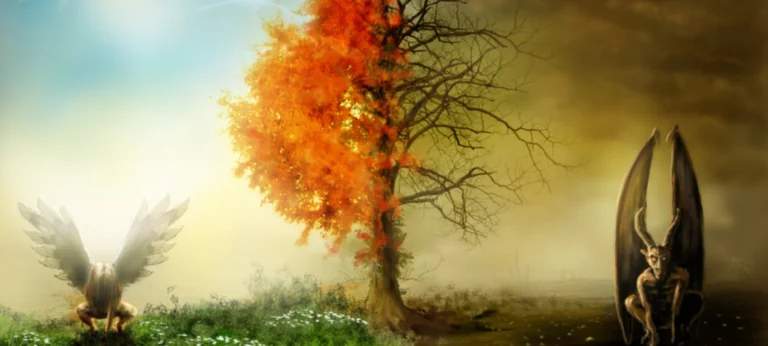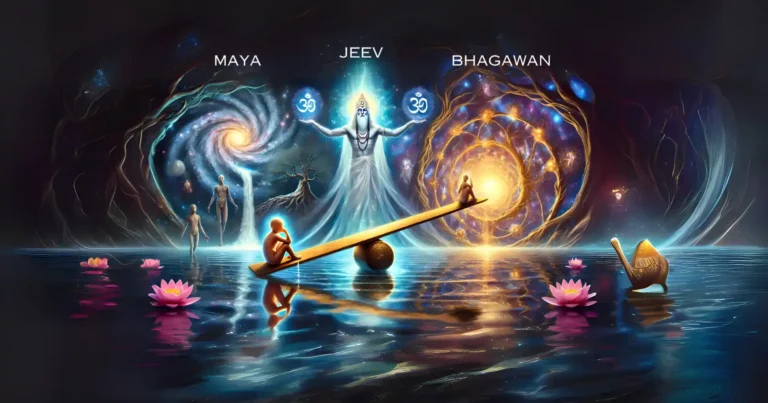Please Like the Blog and Share it for Maximum Reach
Table of Contents
Significance of Rudraksha for a Yogi
The Rudrakshas have special significance in the like of Gorakhnath Yogis. Rudraksha berries have many faces, ranging from one to 21. The Gorakhnath Yogis attribute their interpretations about the Benefits of the Rudrakshas having a number of faces. The Gorakhnathis (Yogis) believed the Hanumanji, the eternal servitor of Sri Rama committed himself to the sacredness of the rudraksha.
Moreover, the rudraksha has a special place in the life of the Pandavas, so go the legends. They say that the five faces of a typical rudraksha bead represent each of the Pandavas. Similarly, the Yogis have attributed symbolic significance to the faces of the Rudraksha bead.
The Various Faces of the Rudraksha
They say three-faced Rudraksha represents the Trishul or Trident of Lord Shiva. A Four faced rudraksha-bead represents the 4 Vedas. It also represents the four-faced Devata, Sri Brahma. The six-faced bead represents the 6 systems of Vedic philosophy.
The seven-faced bead represents the 7 higher Lokas. The eight-faced bead represents Nava-Durga or the 9 forms of Durga Devi.
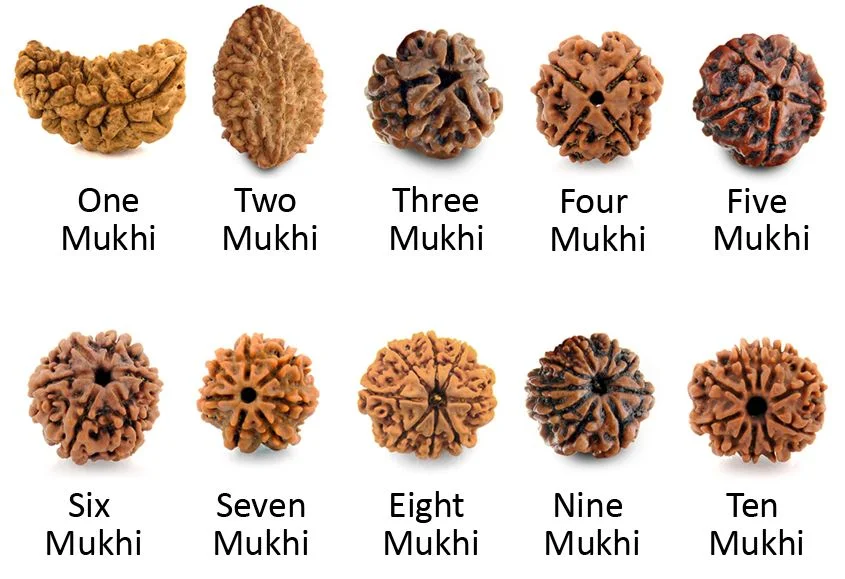
The nine-faced Rudraksha represents the Nava-Nathas (The great 9 teachers of the Sampradaya). The ten-faced bead represents the 10 Avataras of Lord Vishnu. The eleven-faced Rudraksha is perhaps the favorite of the Gorakhnathi Yogis because it represents the 11 forms of Shiva, known as the Rudras. This is the very best bead of the Sect and only the celibate (aksand) can wear this type of bead.
The Gauri-Shankara and the Single-faced Rudraksha
The married Yogi wore the two-faced. The bead also represents the combined form of Shiva and Paravati. A much-valued form of the rudraksha is two Rudraksha which is naturally stuck to each other and also represent Gauri-Shankara. The single-faced Rudraksha is perhaps the rarest and possessed either by total abandons or by Kings.
The single-faced Rudraksha fills up the King with more and more riches, wealth, and prosperity which is suitable for leading the life of a successful King. On the other hand, if a Bairagi, possesses the Rudraksha, such a person will be an absolute renunciant and nothing sticks around this person.
It is also said to give the Yogi, a sense of abandon, which no other being can possess. So, people say that it is better to avoid the single-face Rudraksha because it can ruin one’s life if you do not belong to either category, a King or an absolute Abandon.
Initiating with the Rudraksha
At the time of initiation, the Guru, hands over an initiated berry. The number of faces of the initiated berry does not matter. At a later time, the disciple may continue using the same berry or replace it with a better one, taking the permission of his Guru.
The White Beads and the HingLaj Devi
There are two rosaries made of white beads. Even this variety is close to the Gorakhnath Yogi’s heart. These white beads are obtainable only once the Yogi takes up a difficult pilgrimage to a specific Devi (Shakti) temple.
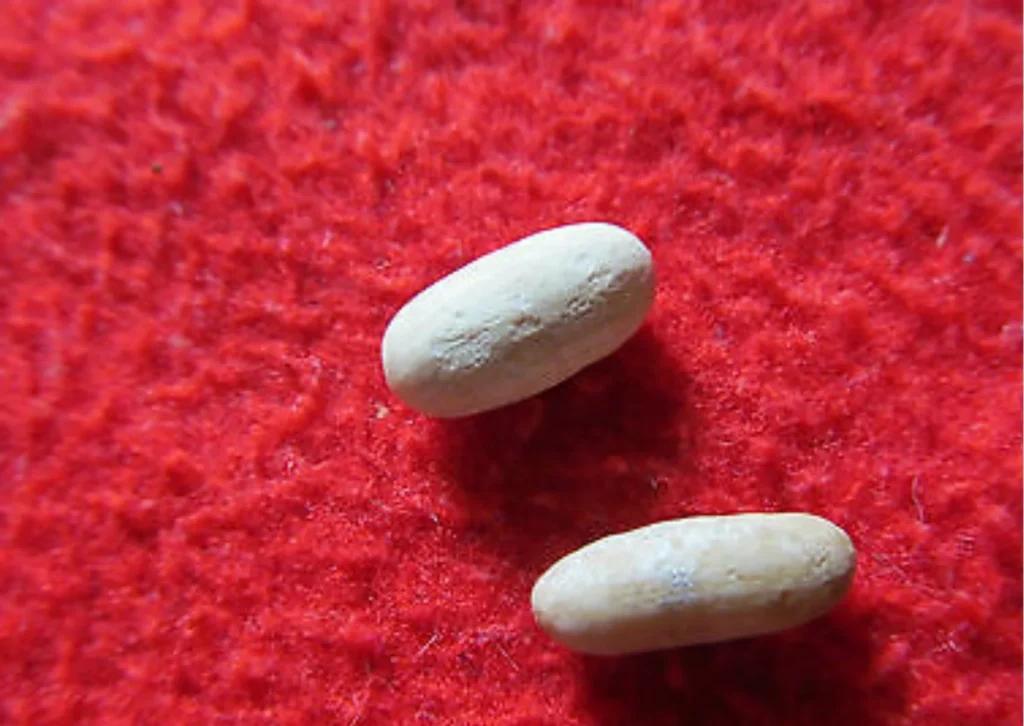
This temple is the HingLaj Devi Temple in distant Balochistan, Pakistan. Out of the two beads, one is smaller and the other is larger. The smaller white bead represents millet and the larger bead represents rice or Bajra. The two types of beads are part of a Mala (garland of beads).
Each mala may contain 500 to 1000 beads and maybe high-priced.
Yogis Apply Holy Ash Tripundra
The Gorakhnath Yogis also use ash, as part of their paraphernalia Kanphatas, in general, use the Tripundra (triple mark of Ash across their forehead). These marks may also be found on other parts of their body. Sometimes, the Yogis also mix certain other earth elements with the Ashes, giving different colors.
They cover their body with Ash at all times. This is to prevent attacks from vermin, who detest the ashes.
Ashes may also be from the fire-hearth which Yogis use for Dhuni (Yogi’s fire-hearth). Cow-dung may also be an important ingredient of Ashes. Yogis par-excellence use ashes from the cremation ground and smear it around their body.
Test your Alignment with the Spiritual Subject (only 7–8 Questions)
The scores generated in this quiz are relative. There are no right or wrong answers. A percentage towards 100 indicates that you are more aligned to the overall subject.
Significance of the Ash
The Ashes represent many things for the Yogi. Ashes signify the ultimate station of life, death.
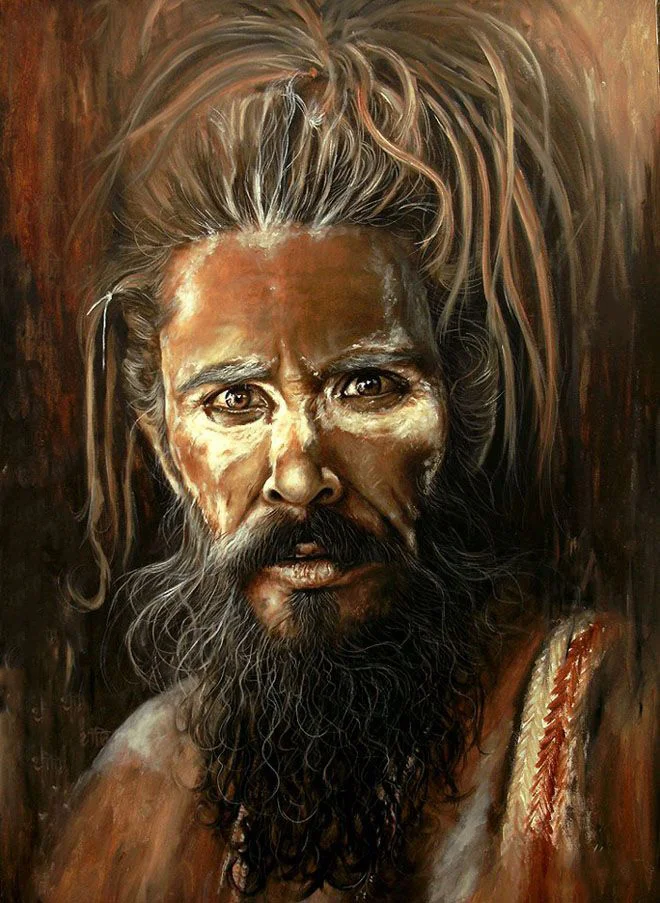
One who is born, dies, and Ashes represent that fact. Ashes also represent Abandon, for a Yogi. Ashes are also said to keep evil spirits away.
The Many types of Tilak
Some Yogis wear a black horizontal line and a black dot just above it. This type of forehead mark represents Bhairon or the fearful form of Lord Shiva.
Sometimes, the Yogi wears a red mark below the black. This saffron or red dot represents Mahavir or Hanumanji Maharaj. Some Yogis also wear a dot of sandalwood paste, after they have offered it to Bhairon. Some may wear a black spot out of the residue of an incense stick.
There may be many variations in the way Yogis apply dots or tilaks on their forehead. A lot also depends on the favorite deity or the Ishta-Devata of the Yogi.
Being Accepted as a Novice, Aughar
Earlier, in the article, there was a mention of the Gorakhnath Yogis taking a pilgrimage to HinLaj Devi Temple in Balochistan. Yogis who undertake this pilgrimage, stop at Koteswar, on their return journey. At Koteswar, they attain the stamp of the “Yoni-Linga”, on their right forearm.
At the time, when he receives this mark, the clan accepts him as a novice Aughar. The local barber shaves his head, as well as the locks on his private parts.
Naturally, even the yogi’s facial hair is also shaved off. After this initial shaving, the Yogi may continue to keep long hair or matted locks, if he wished.
The Attire of the Gorakhnath Yogis
Some Yogis may wear some clothes, scanty clothes, or just go naked. There is no general assertion or rule that dictates the Gorakhnath Yogi’s attire. Some wear the yellow dress, while others prefer the ocher robes because many believe that Lord Shiva ordered it.
There is a tale popular among the Yogis thin connection with their saffron dyed clothes
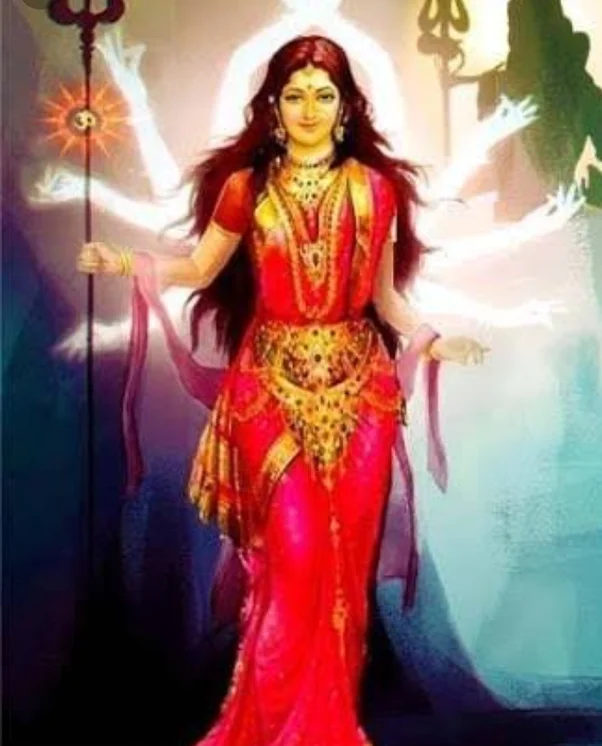
They believed that Parvati Devi first dyed the robes, after mutilating herself. She then transferred her blood onto the clothes. She first gave the clothes to her favorite son, Gorakhanath.
The Attire of the Yogis of the Far-North
Some Gorakhnath Yogis wear pure white clothes, though this is rare. In Punjab, since it is much colder, the Yogi prefers heavier woolen clothes. Yet, many Yogis prefer to be scantily dressed, moving around just with a loincloth.
People, in the Himalayan region, still remember a Gorakhnathi Naga Baba who walked absolutely naked in freezing weather. He never crossed the Ganga river and he never entered the town.
He bathed three times a day, in freezing, flowing water and then smeared himself with ashes.
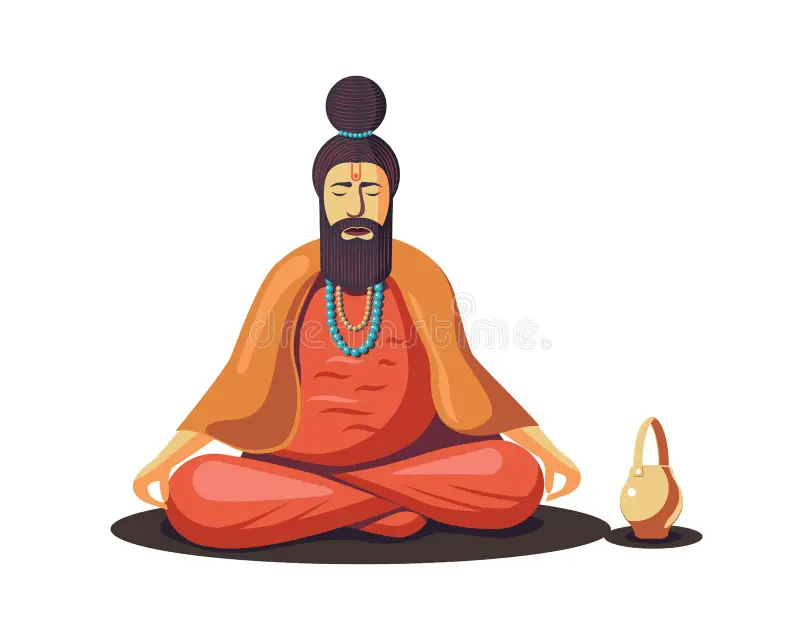
Baba would regularly perform his prayers on the bank of the flowing waters of the Ganga, facing East or West. He spent his entire life as a dedicated recluse, until a time when no one ever saw him again.
Please Like the Blog and Share it for Maximum Reach

